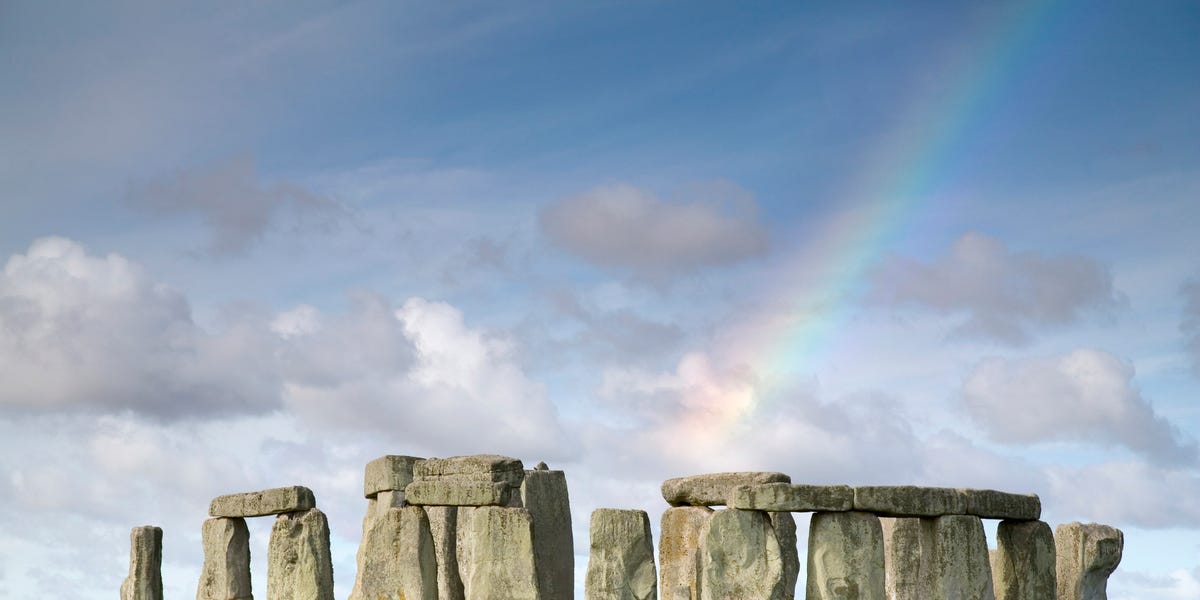Researchers from the UK's leading universities, together with English Heritage, are preparing to study a major lunar standstill - an event that only happens every 18.6 years - in the hope of gaining new insights into why Stonehenge was built the way it is.
The next major lunar standstill is scheduled for the spring of 2024, lasting until mid-2025, with the most significant observations expected in January 2025.
During this rare event, the Moon reaches its northern and southern extremes in the sky, moving further along the horizon than at any other time. This phenomenon, which was possibly observed by the original builders of Stonehenge, may have influenced the placement of the stones.
event and its potential to unlock the ancient secrets of Stonehenge's alignment with celestial phenomena. Current theory suggests that the layout of the monument may be associated not only with the Sun, as previously thought, but also with lunar movements.
The site of Salisbury Plain has long been associated with solar alignments. In particular, the Sun rises over the Heel Stone at Stonehenge on the longest day of the year and sets over it on the shortest day. However, the next study aims to explore the lesser-known lunar connections.
"The four Station Stones align with the extreme positions of the Moon," explained Clive Ruggles, emeritus professor of archaeoastronomy at the University of Leicester, quoted by Popular Mechanics.

The 2024-2025 stopover will allow the team to experiment and record the visual effects of the moon rising and setting on Stonehenge, such as the patterns of light and shadow. This will make it possible to understand the monument's interaction with lunar and modern influences, such as traffic and natural vegetation.
In addition to the observations at Stonehenge, English Heritage is collaborating with the University of Colorado Boulder and the US Department of Agriculture's Forest Service to compare the results and discuss the moon's influence at another important site: Chimney Rock in Colorado.





